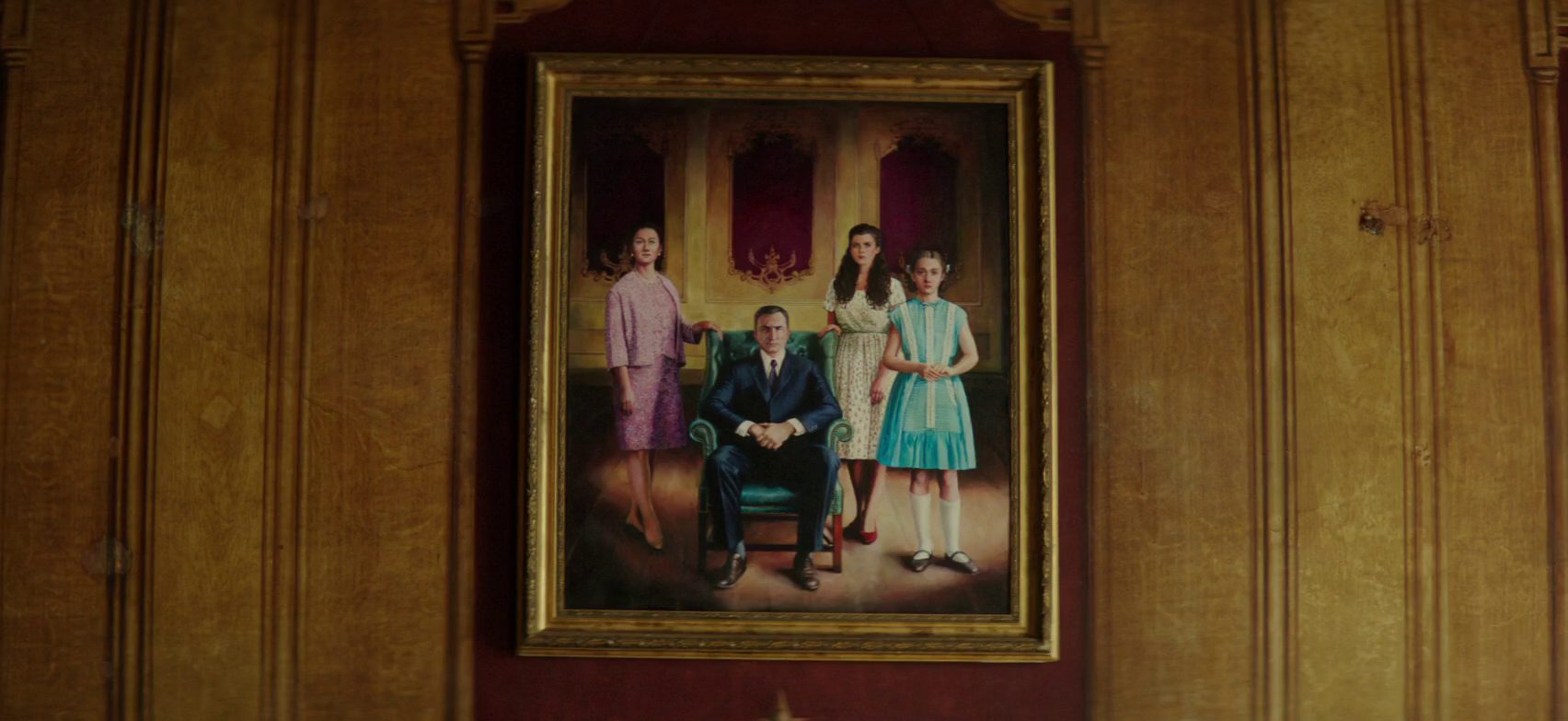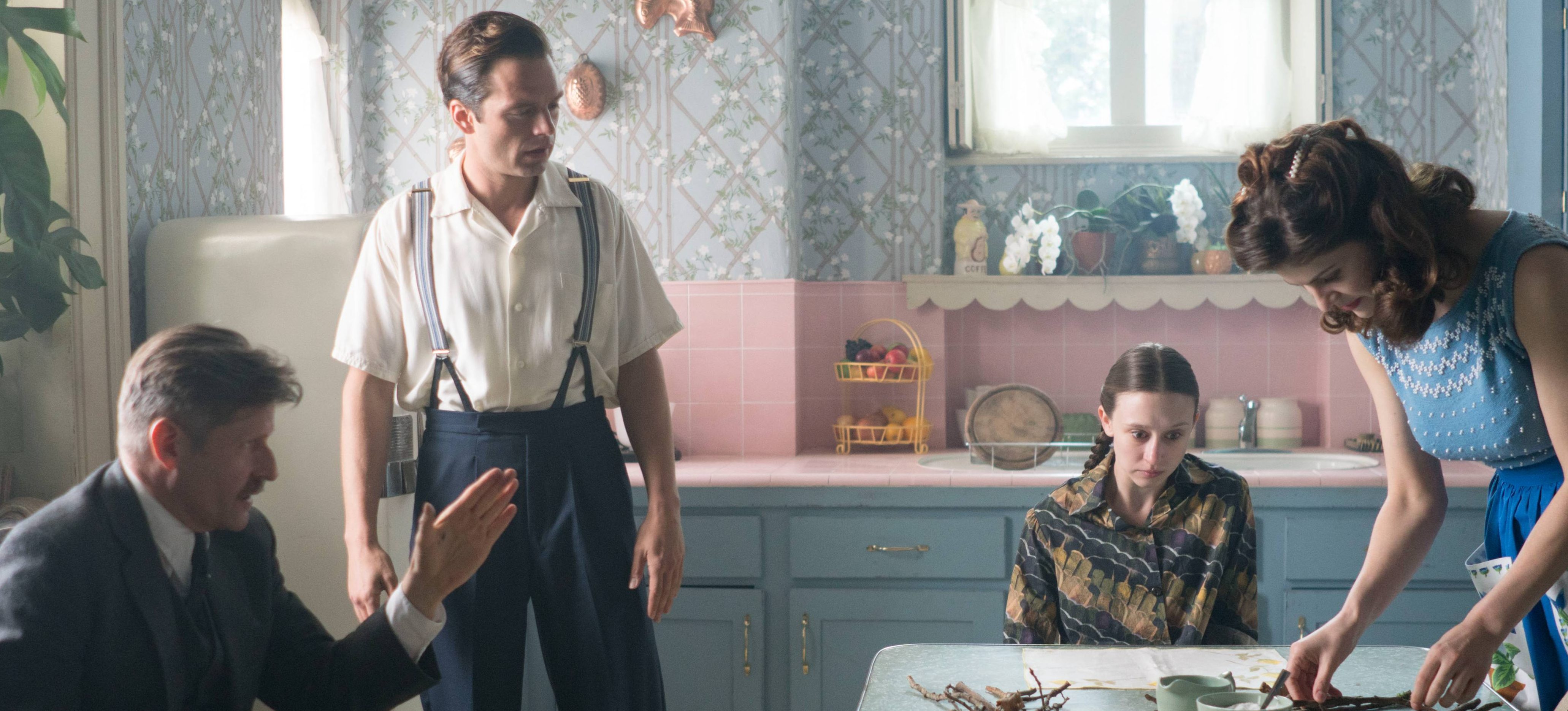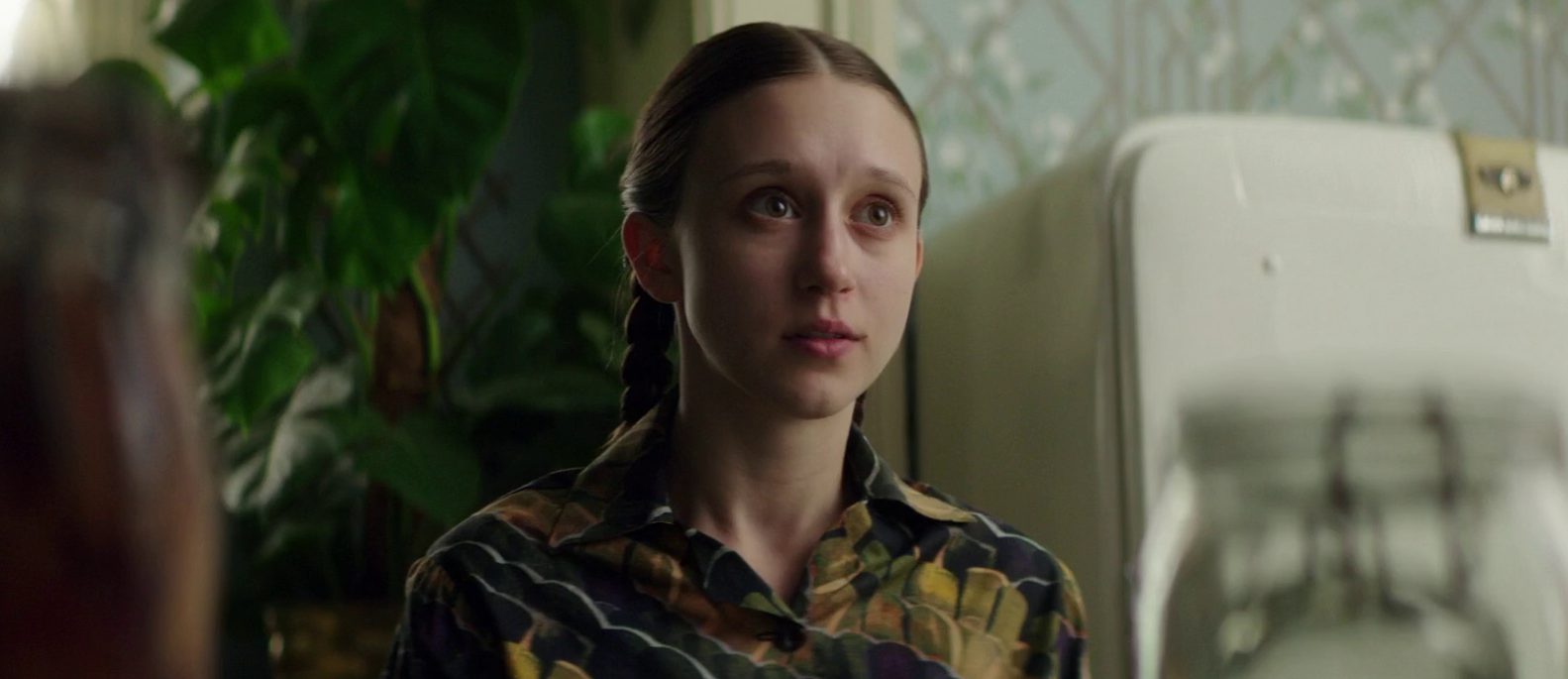In Stacie Passon’s thriller film ‘We Have Always Lived in the Castle,’ the mystery behind the murders of John Blackwood and his wife unravels when Mary “Merricat” Katherine confesses to killing them. Her sister Constance lets her know that she knew all along, despite her getting charged with murder. The eldest sibling protects her sister by hiding the truth from the world, even when she becomes the target of her fellow villagers. When Charles Blackwood, the sisters’ cousin, arrives at the castle to check in on his relatives, he inadvertently triggers the homicidal impulses of Mary, leading to his death! SPOILERS AHEAD.
The Family Secret
The morning after the villagers partially destroyed Mary and Constance’s house, Mary explains how she killed her parents to Constance. She reveals that she put poison in the sugar, only for John and his wife to have it while eating berries. Mary chose sugar particularly because she knew Constance didn’t usually eat the same. Although the younger sister doesn’t reveal why she killed their parents, Constance does say that John was “very wicked” to her. He might have been abusing Constance for a considerable while, only for her to become helpless. Their mother might have remained silent, intentionally and unintentionally enabling her husband to hurt their eldest daughter.

Throughout the film, Mary makes it evident that she cares for Constance immensely. She even buries her fears and distress in her heart to help her sister by leaving for the village to buy essentials for both of them. She expresses her love for Constance multiple times, which indicates that the latter is arguably the most important part of the former’s life. After likely knowing that their father and mother had been hurting her sister, the protective nature of Mary must have pushed her to kill their parents. Constance then repaid Mary by not leading the authorities to her sister and accepting the allegations against her.
Mary’s “clingy” nature when it comes to Constance indicates that she has been fearing losing her elder sister. If she is dealing with abandonment issues, Mary must have seen her parents as the ones who would separate her from her sister. Such a belief can also be the driving force behind the murders she committed. Since Constance reveals that John was severely wicked to her, it is evident that Mary didn’t kill their parents for no reason. However, the suffering of her sister might not be the only factor that made Mary a murderer. She might have exaggerated the actions of her father and mother as she does with regard to anything and everything.
Mary displays unignorable symptoms of psychosis and she must have killed John and his wife with a highly unsettled mind. Mary must have seen John and his wife as epitomes of cruelty like the way she expects doom and sees ghosts. Considering her obsession with the occult, she might have even believed that her parents’ murders were necessary to not lose her sister.
Charles’ Intrusion
Mary kills Charles because he triggers her abandonment issues. Ever since his arrival, Charles has tried to separate Constance from her. The bond between the two sisters is affected when Constance loses herself to Charles. She even stops expressing her love for Mary as she replies how she is tired when the latter tells her how she loves her. The changes in Constance make Charles a disagreeable figure as far as Mary is concerned. When he tries to assume the position of the sisters’ dead father, the young girl may have started to believe that he deserves to die as much as her father did.

Mary eventually kills Charles after he forces himself into the life of Constance. When the young woman retreats from him, Charles displays persistence and even harms her for shutting him down. His violent actions must have triggered Mary’s memories of John’s “wickedness” for her to kill her cousin. The last thing Mary wants is Charles forcefully taking Constance away from her, while also eyeing the Blackwoods’ safe full of money. To prevent him from hurting her sister and separating her from her loved one, Mary smashes his head to death with a snow globe.
When Charles learned about John’s death, he must have approached it as an opportunity to acquire the latter’s wealth and daughter. Unfortunately for him, Charles was not aware of the repercussions of trying to become his late relative. As he transforms himself into another John, the thin line between their distinct identities becomes blurred enough. Mary seemingly fails to disassociate Charles from her father, only to kill him as she murdered her parent.
Read More: Is We Have Always Lived In The Castle a True Story?


You must be logged in to post a comment.